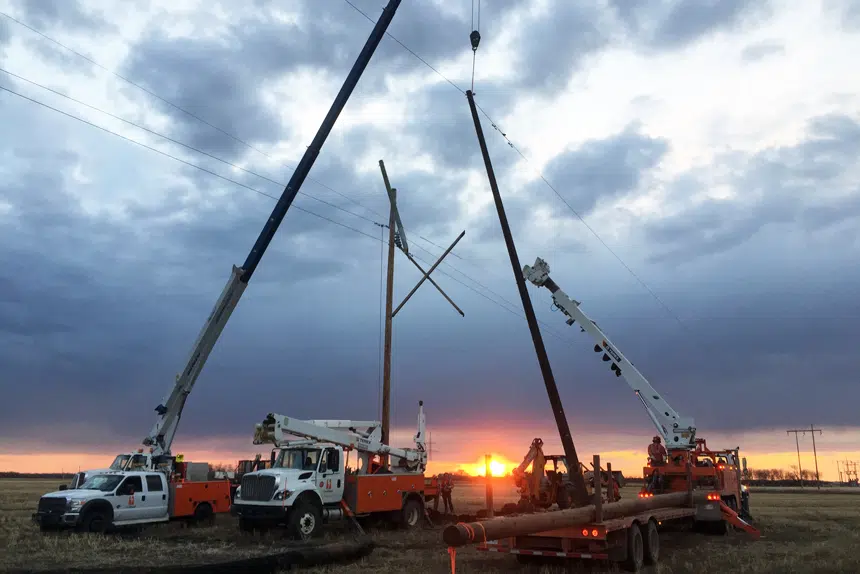Saskatchewan’s power infrastructure is getting a big boost.
According to SaskPower, the Crown utility company intends to spend $1.15 billion in the upcoming fiscal year “to modernize, grow and sustain the provincial electrical system” and continue the transition away from fossil fuels. This year’s capital investment is $98 million more than was spent in 2022-23, SaskPower added.
Rupen Pandya, SaskPower’s CEO, said it’s essential to have the right infrastructure in place as the province and world continue to transition away from carbon-based power generation.
“Decarbonizing a growing power grid is a once-in-a-lifetime challenge, and making the right investments now will help to position SaskPower to provide reliable, sustainable and cost-effective electricity to customers in the years and decades to come,” Pandya said in a statement.
The plans for the money include $514 million earmarked for maintenance and upgrades of existing power transmission, distribution and generation infrastructure, and $505 million in “growth projects.” Those include new natural gas plans like the Great Plains Power Station and the planned Aspen Power Station, which will be located near Lanigan.
A further $129 million was set aside for smart meter deployment and work on large projects including SaskPower’s Logistics Warehouse Complex in Regina.
Other planned capital projects for the upcoming fiscal year include the ongoing refurbishment of the E.B. Campbell and Coteau Creek hydroelectric power stations and the expansions of the Ermine and Yellowhead Stations.
Transmission lines will be upgraded at the substations in Hudson Bay, Prairie River and Spiritwood, SaskPower added, along with rural power line rebuilds and the replacement of wooden poles.
Don Morgan, minister responsible for SaskPower, said the provincial government is committed to building a clean energy future while ensuring power remains affordable and reliable.
“This year’s capital budget is a demonstration of SaskPower’s commitment to the people of Saskatchewan, by making significant investments to transition to low-carbon energy sources, upgrading aging infrastructure and modernizing systems,” Morgan said in a statement.











